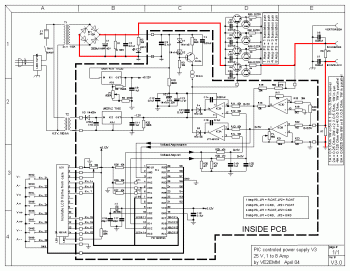
15W Pure Class A amplifier circuit diagram
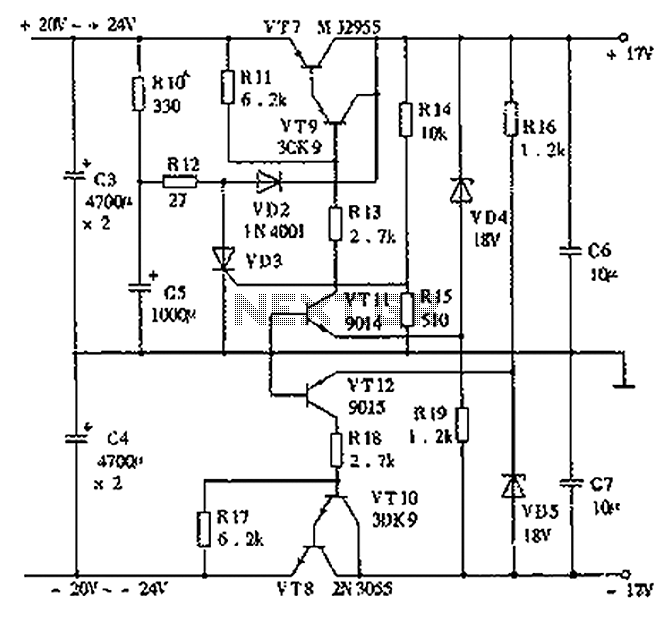
China's national conditions indicate that the general living room area exceeds twenty square meters, often serving as a bedroom or listening room. For speakers with a sensitivity of 89 dB or higher, a pure Class A amplifier with a power output of 10 to 20W can adequately fulfill typical listening requirements. However, prolonged exposure to high volumes in such environments can lead to diminished hearing ability. Additionally, excessive noise levels may disturb neighbors, creating an undesirable situation. Therefore, an amplifier that produces high-quality sound at around 15W, with static power not exceeding 100W, would likely find a market. Unfortunately, this type of amplifier is currently lacking. For instance, Japan offers the Golden Voice A20, a pure Class A amplifier with a power output of 20W per channel, known for its excellent sound quality, yet its price is prohibitive. Meanwhile, domestic power amplifier manufacturers appear to focus on producing larger and heavier units, which may not necessarily translate to good sales. This raises the question of why a more affordable, high-quality amplifier cannot be developed to meet market needs. In light of this, a design for a 15W pure Class A amplifier has been proposed to address this gap.
The proposed 15W pure Class A amplifier aims to provide an optimal listening experience while remaining compact and affordable. The amplifier's design incorporates high-quality components to ensure low distortion and accurate sound reproduction. A robust power supply circuit is essential, providing stable voltage and current to the output stage while minimizing noise interference. The output stage utilizes high-performance transistors configured in a push-pull arrangement, which enhances efficiency and thermal management.
To achieve the desired power output of 15W, the amplifier employs a Class A biasing scheme that ensures linear operation across the audio frequency range. Careful attention is given to the selection of capacitors and resistors in the feedback loop to maintain stability and frequency response. The layout of the PCB is designed to minimize signal path lengths and reduce electromagnetic interference, further enhancing audio fidelity.
The amplifier will also feature adjustable gain settings, allowing users to customize the output level according to their specific listening environment. Additionally, the inclusion of speaker protection circuitry will prevent damage from overcurrent or overheating, extending the lifespan of both the amplifier and connected speakers.
Market research indicates a growing demand for high-quality, affordable audio solutions in residential settings. By addressing the need for a compact, efficient, and cost-effective Class A amplifier, this design not only fills a current market gap but also promotes better listening experiences in everyday environments. The anticipated result is a product that meets the expectations of audiophiles and casual listeners alike, without compromising on sound quality or performance. Chinas national conditions, general living room area of more than twenty square meters, and usually doubles as a bedroom or living room listening room. If the speaker sensitivi ty 89dB or more, 10 ~ 20W of pure class A amplifier can meet the requirements of the general appreciation. If we allow our ears in that environment dance hall in a large volume of long-term bear hearing will gradually diminish.
Besides, fights neighbors no peace, but also inappropriate. So, if some of the power produced in better quality sound around 15W amplifier, static power at 100W or less, will certainly be a market. Unfortunately, this type of amplifier is a blank. Japan has a golden voice A20, Pure Class A amplifier for each channel 20W, sound reputation, but the prices are prohibitive.
Now, the domestic production of power amplifier manufacturers seem to competition, power bigger and bigger, bigger and heavy weight, but sales did not necessarily good. Why not make some delicious not expensive, the amplifier to serve the market The spirit of this idea, we designed this 15W Pure Class A amplifier, trying to do something to try in this regard.
The proposed 15W pure Class A amplifier aims to provide an optimal listening experience while remaining compact and affordable. The amplifier's design incorporates high-quality components to ensure low distortion and accurate sound reproduction. A robust power supply circuit is essential, providing stable voltage and current to the output stage while minimizing noise interference. The output stage utilizes high-performance transistors configured in a push-pull arrangement, which enhances efficiency and thermal management.
To achieve the desired power output of 15W, the amplifier employs a Class A biasing scheme that ensures linear operation across the audio frequency range. Careful attention is given to the selection of capacitors and resistors in the feedback loop to maintain stability and frequency response. The layout of the PCB is designed to minimize signal path lengths and reduce electromagnetic interference, further enhancing audio fidelity.
The amplifier will also feature adjustable gain settings, allowing users to customize the output level according to their specific listening environment. Additionally, the inclusion of speaker protection circuitry will prevent damage from overcurrent or overheating, extending the lifespan of both the amplifier and connected speakers.
Market research indicates a growing demand for high-quality, affordable audio solutions in residential settings. By addressing the need for a compact, efficient, and cost-effective Class A amplifier, this design not only fills a current market gap but also promotes better listening experiences in everyday environments. The anticipated result is a product that meets the expectations of audiophiles and casual listeners alike, without compromising on sound quality or performance. Chinas national conditions, general living room area of more than twenty square meters, and usually doubles as a bedroom or living room listening room. If the speaker sensitivi ty 89dB or more, 10 ~ 20W of pure class A amplifier can meet the requirements of the general appreciation. If we allow our ears in that environment dance hall in a large volume of long-term bear hearing will gradually diminish.
Besides, fights neighbors no peace, but also inappropriate. So, if some of the power produced in better quality sound around 15W amplifier, static power at 100W or less, will certainly be a market. Unfortunately, this type of amplifier is a blank. Japan has a golden voice A20, Pure Class A amplifier for each channel 20W, sound reputation, but the prices are prohibitive.
Now, the domestic production of power amplifier manufacturers seem to competition, power bigger and bigger, bigger and heavy weight, but sales did not necessarily good. Why not make some delicious not expensive, the amplifier to serve the market The spirit of this idea, we designed this 15W Pure Class A amplifier, trying to do something to try in this regard.
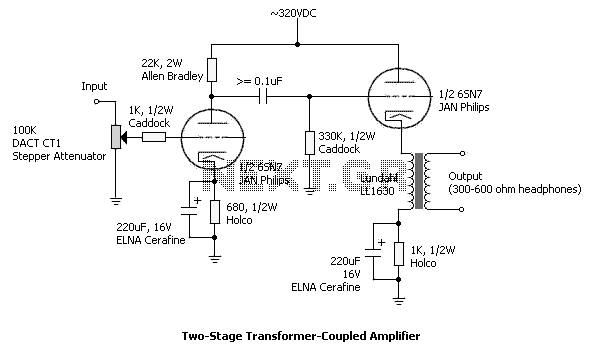
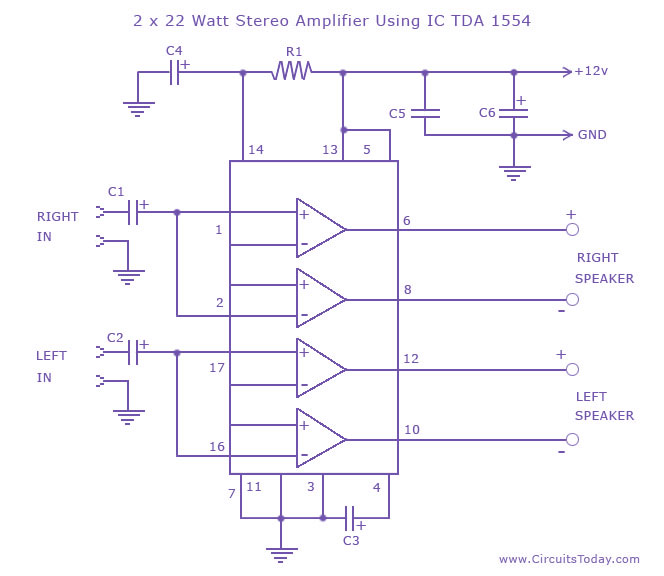
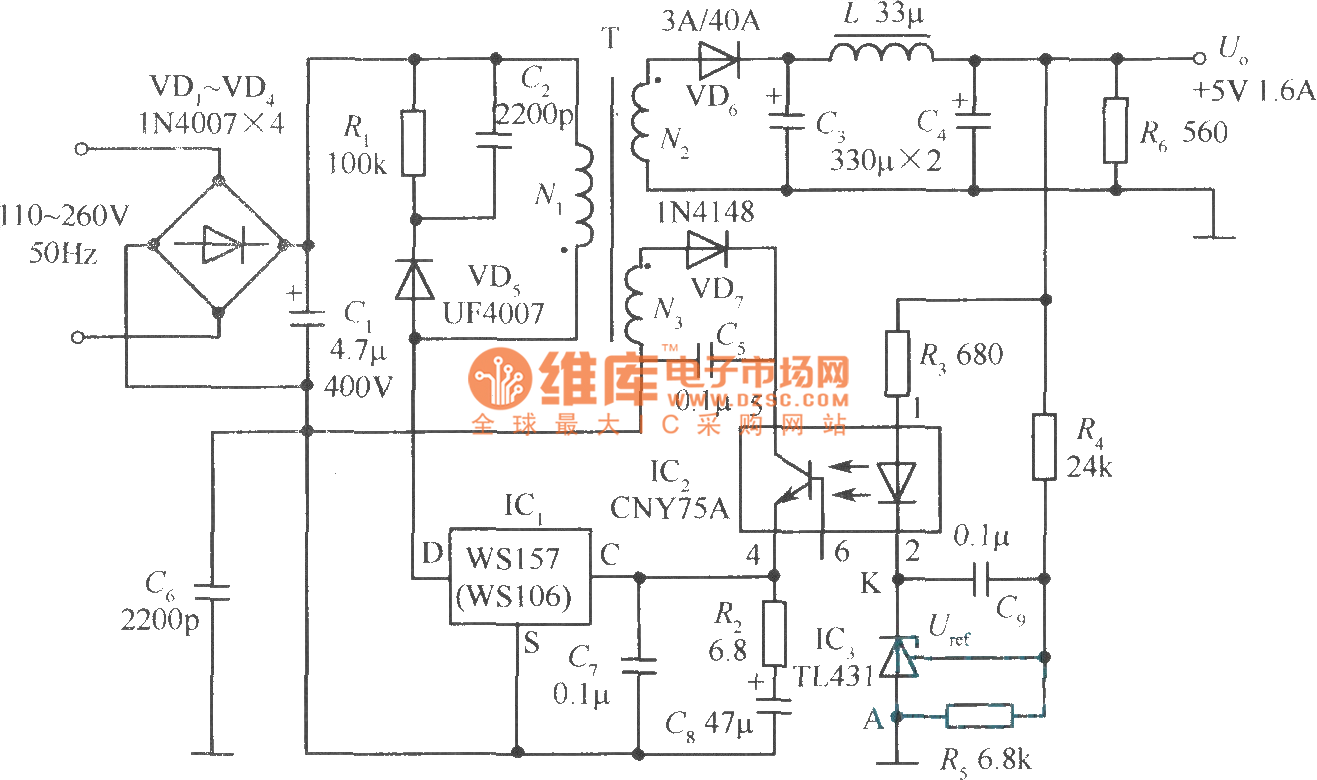
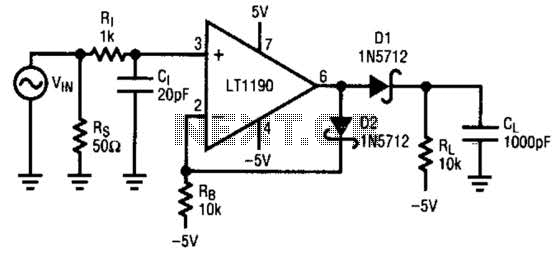
.png)
